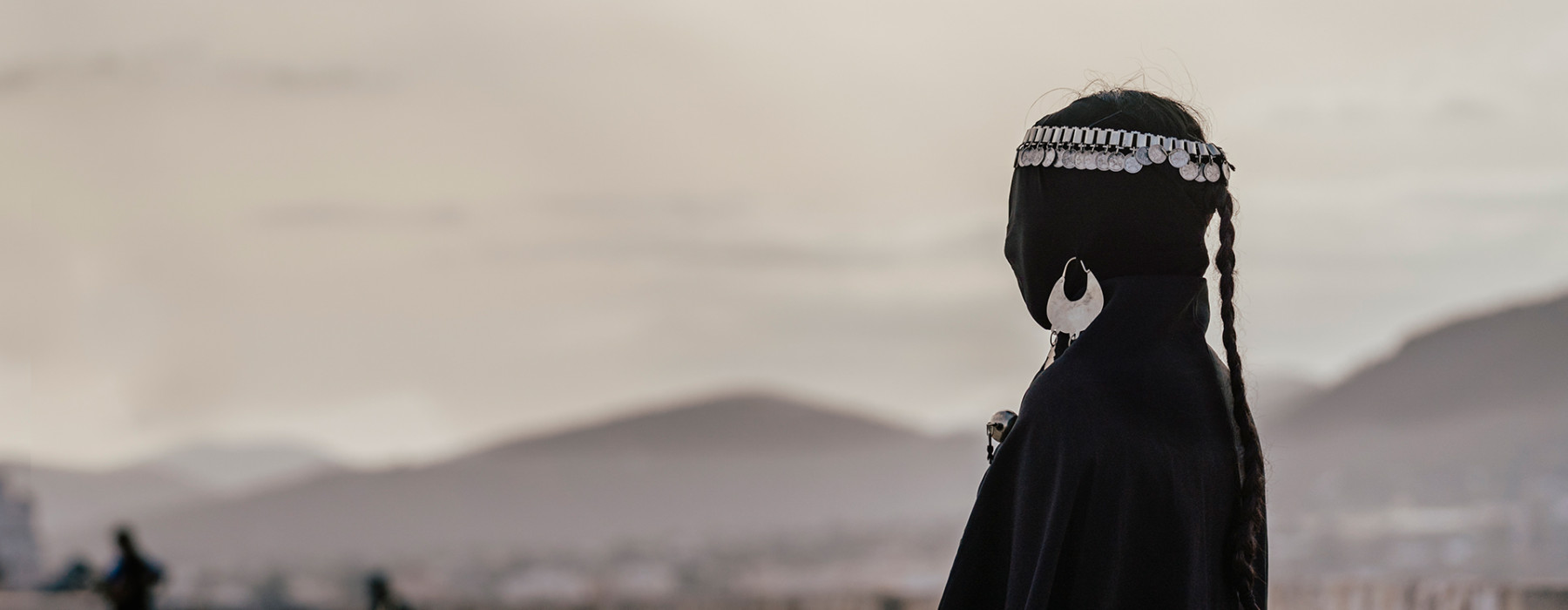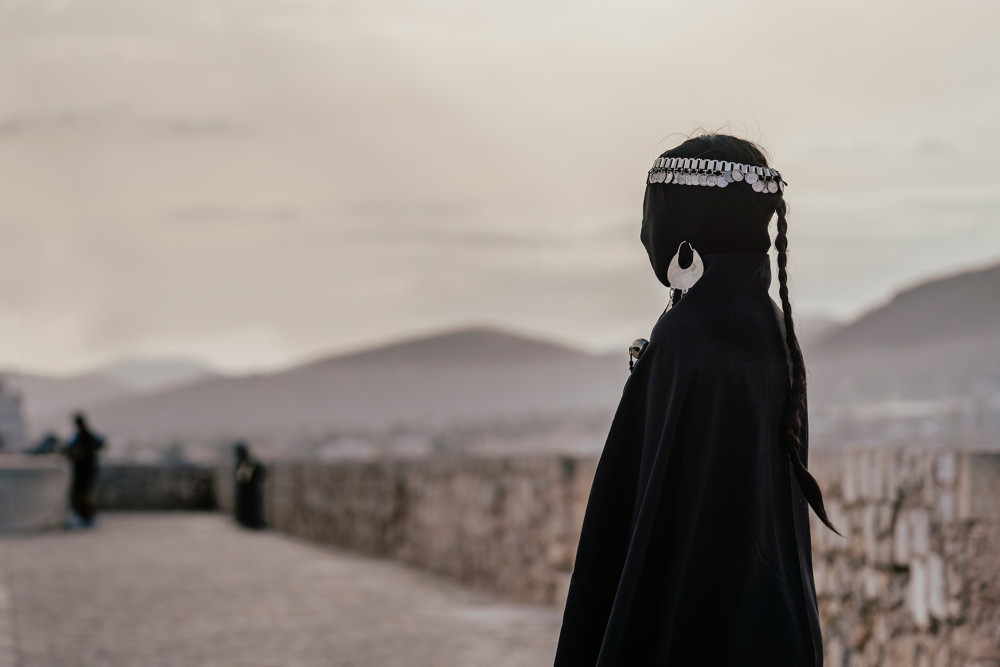
The Mapuche are the largest ethnic group in Chile, making up about 10% (more than 1,000,000 people) of Chile's population. Half of them live in southern Chile from the Bío Bío river to the island of Chiloé. The other half live in and around the capital Santiago. About 300,000 Mapuches also live in Argentina.
The exhibition is structured around three themes: dispersal, seeding and harvesting. The photos and images illustrate the routes many have taken to Europe since the 1970s. These are linked to photos of a larger history of migration that has shaped Mapuche life since the nineteenth century. The consequences of the occupation and destruction of Wallmapu through military campaigns and resource extraction are shown. It also focuses on how the Mapuche have resisted this violence by establishing solidarity networks and reviving their heritage in Europe.

